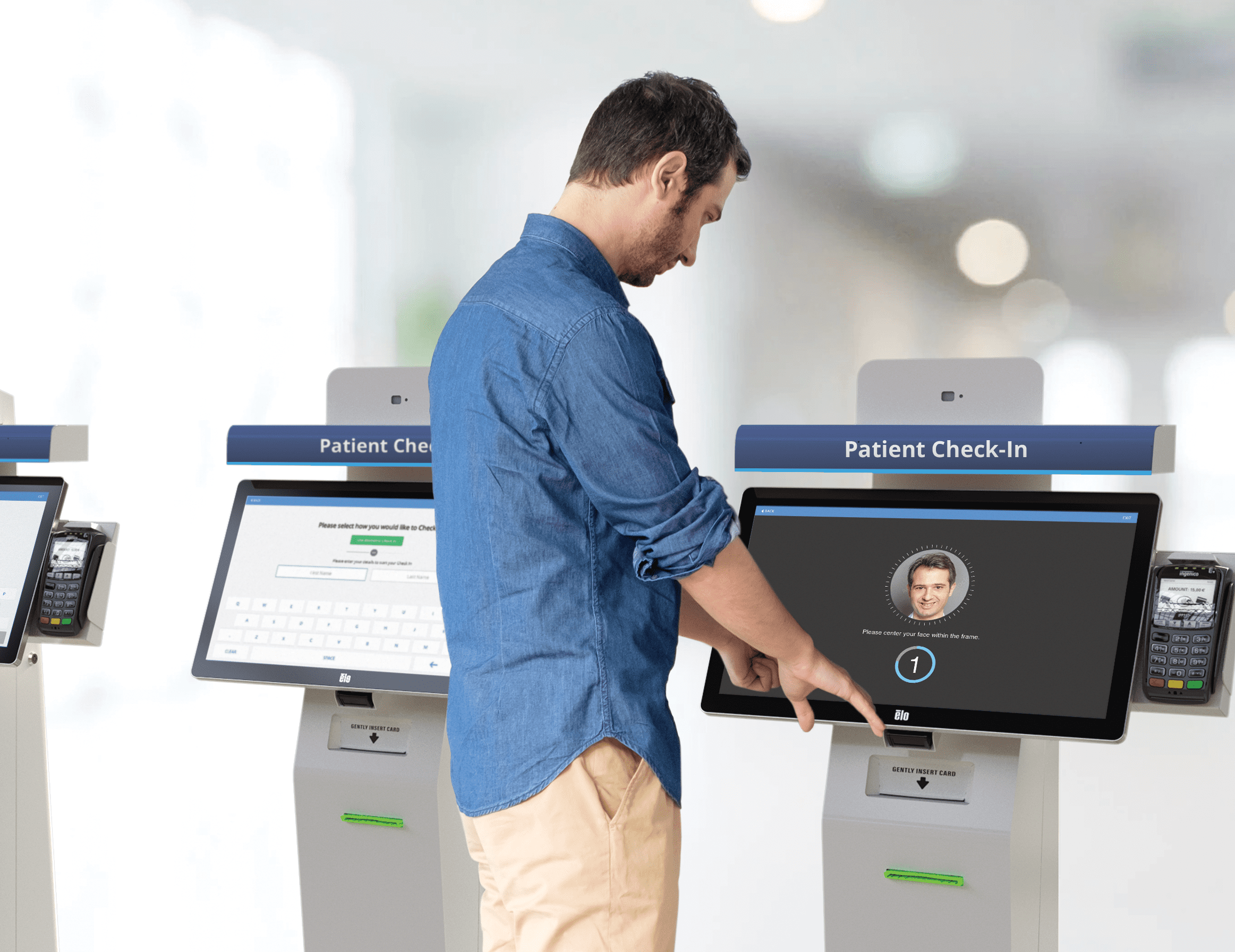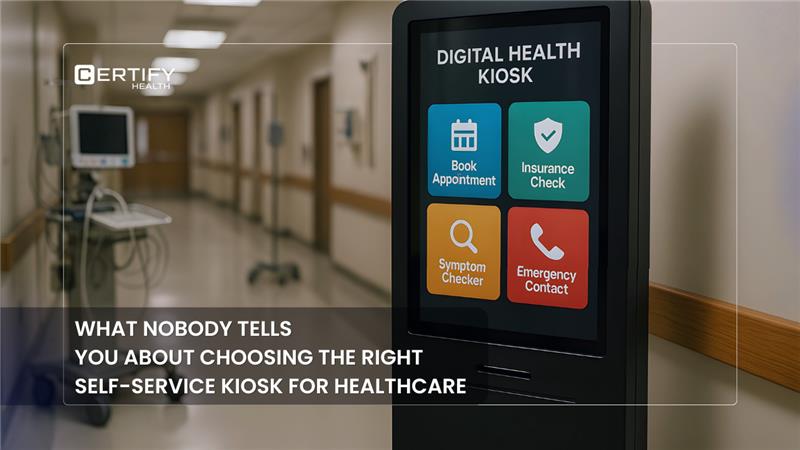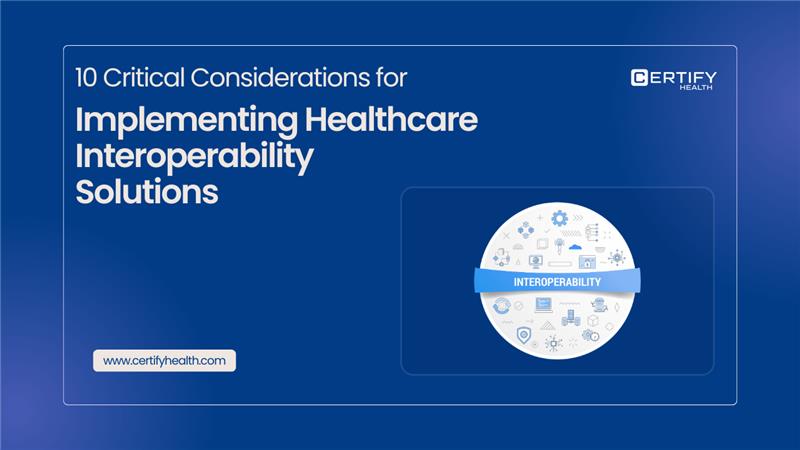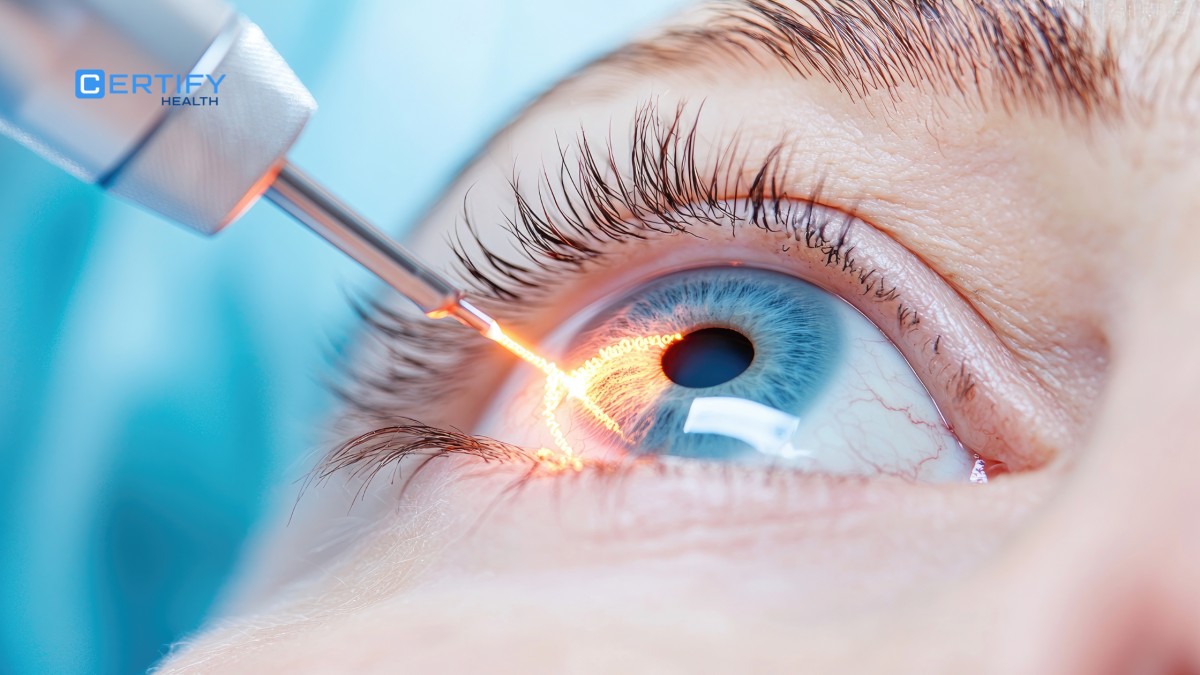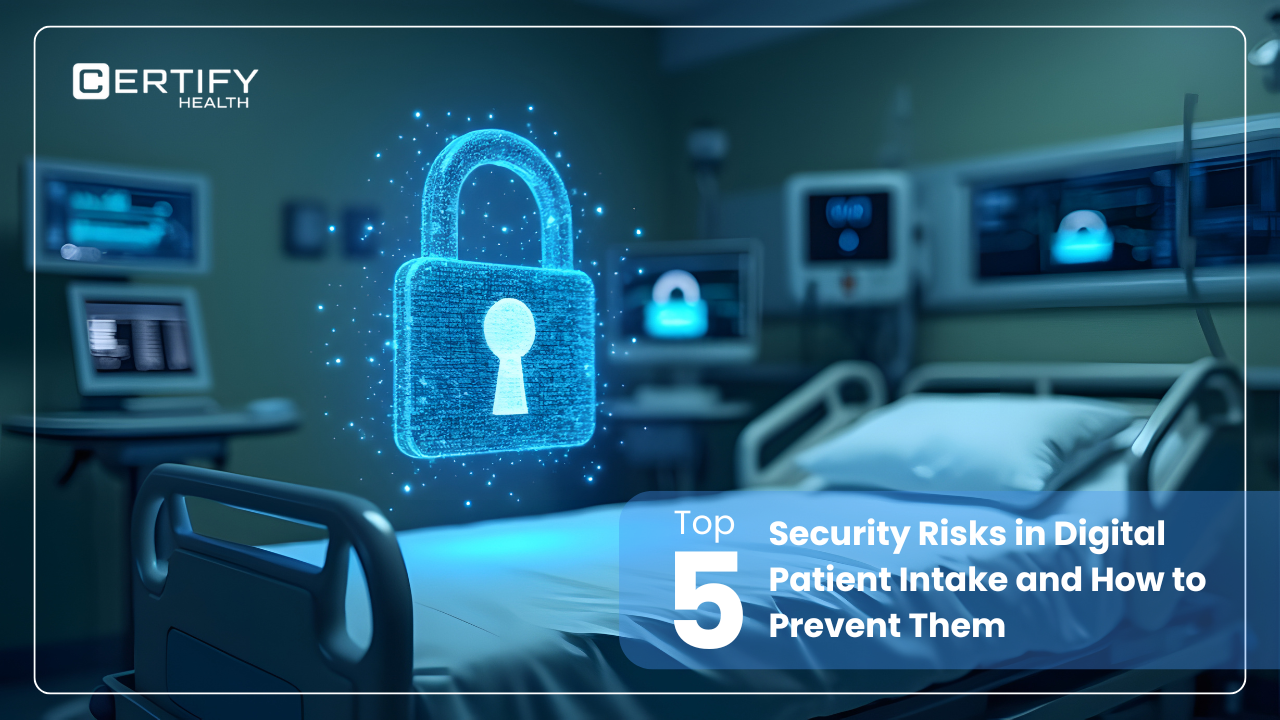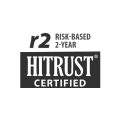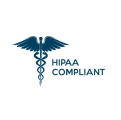Imagine a world where quick facial recognition will protect your patient’s medical records and guarantee they receive personalized healthcare. It is not the future; it is reality with the advancement of biometrics in healthcare. Your patients don’t have to wait longer in queues to check-in and provide their demographic information. But they can simply verify their face to continue their intake procedure.
Delve into the blog to see how biometrics is helping your practice streamline patient workflow, and to improve patient experience.
Understanding Biometrics: An Introduction
Definition of biometrics: Biometrics is the technology to identify an identity based on their unique biological traits. It is different from traditional identification where a password is used to identify an identity.
Types of Biometric Authentication:
These days there are several types of biometric login are available:
Fingerprints: Since every individual has a different fingerprint, fingerprint scanning is used widely to identify for identifications.
Iris recognition: In this type of authentication biometrics, the user’s iris pattern or retinal structure is analyzed to identify a person.
Facial recognition: Face biometrics is increasingly gaining popularity due to touchless access features. It is a form of authentication that verifies identity using facial features. It enhances fraud detection and helps prevent unauthorized insurance claims.
Palm or finger vein patterns: This is another type of biometric in which the unique vein patterns of the user’s finger or palm are scanned to confirm their identity.
The Significance of Biometrics in the Healthcare Industry
Healthcare practices are undergoing a huge transition from paper-based medical records to electronic health records (EHR). EHR offers several use cases for healthcare practices, which become well-evident once you integrate with them. It is centralized patient information that enhances care coordination and eliminates the likelihood of errors due to incomplete data.
Furthermore, practices have changed the way they identify patients with biographic identification and biometric technologies.
By utilizing health biometrics, which involves identifying unique physical traits of patients like facial features, practices can guarantee that the right patients receive the right care. Furthermore, biometrics in healthcare becomes the solution to persistent problems, including:
- Patient misidentification
- Duplicate medical records
- Manual patient registration errors
Tackling these problems becomes simpler with biometrics and provides a secure healthcare environment. This is why biometrics in healthcare can become a key capability to improving patient experience and enhancing healthcare efficiency.
Why is Patient Misidentification so Common?
With the increased demand for medical care during and after the pandemic, there has been an increasing strain on the healthcare system. Manual patient identification methods are prone to errors and duplicate records.
In some cases, even after entering the correct information, identifiers like names and DOBs may not be unique enough to an individual. Manual identification makes data exchange between providers and health systems difficult. Manual processes can be a hindrance which can affect the continuity of care and may end up with medical identity theft.
Discussing Challenges in Patient Identification:
The traditional paper-based approach is quite ineffective in addition to being tedious. Your staff will find it time-consuming and frustrating to manually update patient data across several platforms, which frequently results in burnout. Medical errors are more likely to occur when patient identification is erroneous due to insufficient or out-of-date records.
Maintaining accurate patient data is made much more difficult by the process being further complicated by duplicate and mismatched information. Patients with similar names or missing details add to the confusion, disrupting workflows and compromising overall healthcare efficiency.
Identity Fraud
Traditional patient identification techniques frequently result in unauthorized access or medical identity theft, which presents a serious risk to patient safety and healthcare data security.
In the absence of a strong patient identification system, fraudulent individuals can get and abuse patient data, resulting in inaccurate medical records, insurance fraud, and mistreatment.
Did You Know?
Approximately 31.2% of physicians face at least one medical malpractice lawsuit during their careers. Surgical specialists are particularly vulnerable, with 42.8% of claims arising from procedure complications. Implementing biometric authentication can reduce errors, enhancing patient safety and reducing malpractice claims rate.
Language and Cultural Barriers
Language and cultural differences are serious challenges in accurate patient identification. Patients who do not speak the local language find it difficult to provide accurate details, leading to errors in medical record keeping.
On the other hand, staff face challenges such as mishearing or misspelling names when dealing with non-native speakers. Sometimes, they must rely on interpreters or handwritten documentation, slowing down patient check-ins and leading to inefficiencies.
Facial Biometrics in Healthcare: The Solution for Patient Misidentification
CERTIFY Health is one of the first companies to launch facial recognition as a tool to increase the accuracy of patient identification. By leveraging unique facial features as identifiers, your practice can link to patient’s digital records, which helps reduce duplication of records.
The adoption of facial biometric authentication enhances your practice efficiency with seamless integration with Electronic Health Records (EHR). With facial recognition technology, your practice can eliminate human errors and optimize patient time.
When you look for the best patient verification and examples of biometrics products in healthcare, look no further than FaceCheck. By adopting CERTIFY’s FaceCheck patient identification (FaceCheck), your practice not only safeguards sensitive patient records but also ensures accurate identification, enhancing patient privacy and security.
Benefits of Biometric Authentication in Healthcare
Enhanced Patient Identification
Biometric systems like face biometrics help identify patients accurately, reducing the risk of patient misidentification. Practices can reduce the risk of medical errors, ensuring that patients receive the correct treatment and medications.
Compliance with Regulations
Biometric authentication helps your practice comply with regulatory requirements, outlined by the Health Insurance Portability and Accountability Act (HIPAA). It ensures the security and confidentiality of patient information.
Did You Know?
According to the HIPAA Journal, healthcare data breaches have increased by 55% over the years, jeopardizing patient safety and regulatory compliance. Biometric authentication helps prevent these breaches, ensuring high regulatory compliance rates and protecting patient safety metrics.
Patient Experience and Personalization
Biometric data combined with advanced analytics offer insights into patients’ health behaviors. Practices can utilize this data to provide personalized communication plans, enhancing patient experience and satisfaction.
Streamlined Administrative Efficiency
Biometric authentication streamlines administrative workflows by reducing paperwork, eliminating manual data entry errors, and automating repetitive tasks. It improves the operational efficiency of your practice and allows your staff to focus more on patient care.
Prevent Medical Identity Theft Through Fraud Detection
Authentication biometric ensures that only the right patient gets access to the medical records or can check-in into the facility, preventing impersonation and fraudulent insurance claims. Unlike password or ID cards, face biometric traits cannot be stolen, forged, or shared.
Advantages of Biometrics in Healthcare:
Let’s see the advantages of using biometrics in healthcare:
- Help to precisely identify your patients through biometric information such as face, fingerprint, iris, retina, and voice.
- Simplifying your patient registration, check-in, and verification through touchless access procedures leading to a streamlined process.
- Eliminate duplication of patient records by identifying existing records associated with the same patient.
- Eliminate the need to manually verify your patients at your practice using ID cards or paperwork through biometric login.
The Bottom Line:
Face biometric identification offers an intuitive solution that helps your practice streamline patient workflows, protect patient’s data, optimize EHR systems, and eliminate patient misidentification. By incorporating biometrics in healthcare, help improve your patient experience by reducing long wait times.
Experience the power of FaceCheck firsthand by implementing biometric patient identification into your practice workflow and witness how it streamlines the patient check-in process. Visit our website to discover more about FaceCheck or Book a Demo.


